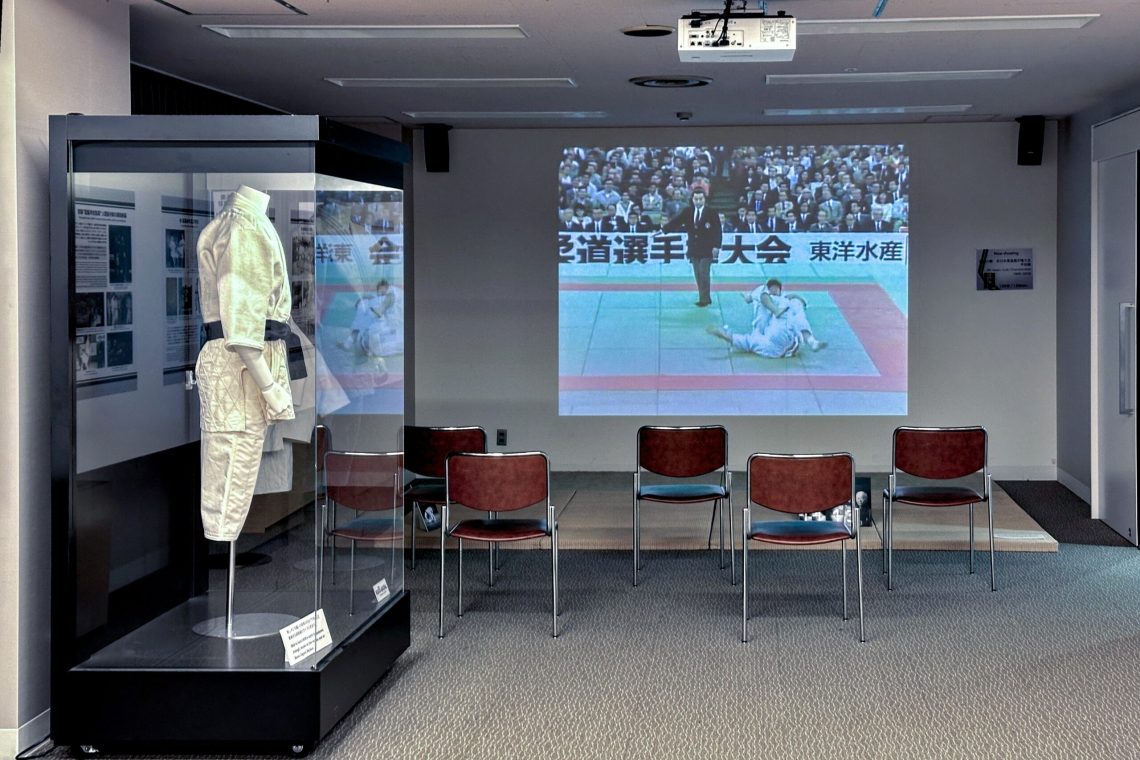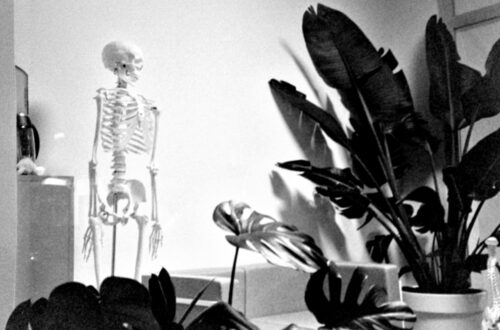
DSLR-like…?
I decided to write this post after having stumbled across the next ethusiast review of a smartphone published on a reputable magazine, claiming that the device can deliver ‘DSLR-like’ photos. In fact, as is often the case with ‘camera experts’ who work for a magazine or earn money by posting videos making funny faces on social networks, it was just a rewrite of the manufacturer’s product specifications and promotional material.
There are few things, in photography, I dislike more than than these ‘DSLR-like’ claims made in the advertising of smartphones and compact cameras because ‘DSLR-like’ is the archetype of a meaningless statement made to lure people into using an arbitrary benchmark to purchase something that give them a ‘status’ or the illusion of taking ‘better photos’.
Exactly which DSLR are they talking about in the first place? A cheap entry-level APS-C? A flagship full-frame beast? And why should I use as a benchmark a 24×36 camera and not a medium format? And why do these ads never mention lenses?
And here comes another batch of questions about the second word of the claim: what is the ‘like’ in the ‘DSLR-like’? Where is the point of reference to tell if A is ‘like’ B? And what does ‘like’ mean in the first place?
Another example, often found in the smartphone and camera sectors, is claiming that a gimmick is ‘the best XYZ ever’. This statement simply means that XYZ is (perhaps indeed) ‘better’ than its predecessor, but it does not provide any information about how well XYZ is rated among its peers. So XYZ may really be ‘the best XYZ ever’, but if it is rubbish, it will remain rubbish no matter what.
In short, these are well-known marketing trick: make a statement that seems easy to understand, but in fact needs to be ‘interpreted’ according to personal beliefs, prejudices or delusions.
Personally, when I use a smartphone to take a picture, I don’t feel the need to apologise or point out that, yes, it’s not a real camera, but it delivers ‘DSLR-like’ quality nonetheless. There may have been many reasons for this choice, perhaps the real camera ran out of power or space, perhaps it suddenly broke down, or simply because a smartphone was all I had at the time.
This what happened with the photograph featured in the header of this post, taken in Tokyo’s Judo Kodokan museum. It was taken with a smartphone simply because I ran out of film in my main camera so switching to the smartphone was the only option. Apart from the composition, from a technical point of view (also thanks to post-processing) the picture it is of decent quality, but it is not a DSLR ‘like’. Simply as that, and it doesn’t actually matter.
In the end, it doesn’t matter what the ‘final quality’ will be, it doesn’t matter what ‘proprietary AI algorithm is used, it doesn’t matter how much the marketing people want to massage the words, because there is no such thing as ‘DSLR-like’ quality in the first place. This is why every time I see a product advertised as ‘XYZ-like’, I look elsewhere for a more honest marketing strategy, perhaps one based on the old McCann-Erickson adage that advertising is ‘truth well told‘.
Post Scriptum: I don’t mention the brand of the smartphone I used to take the picture because it is not relevant to the purpose of this post. As John writes in 8:7, let him who is without sin among you cast the first stone…




